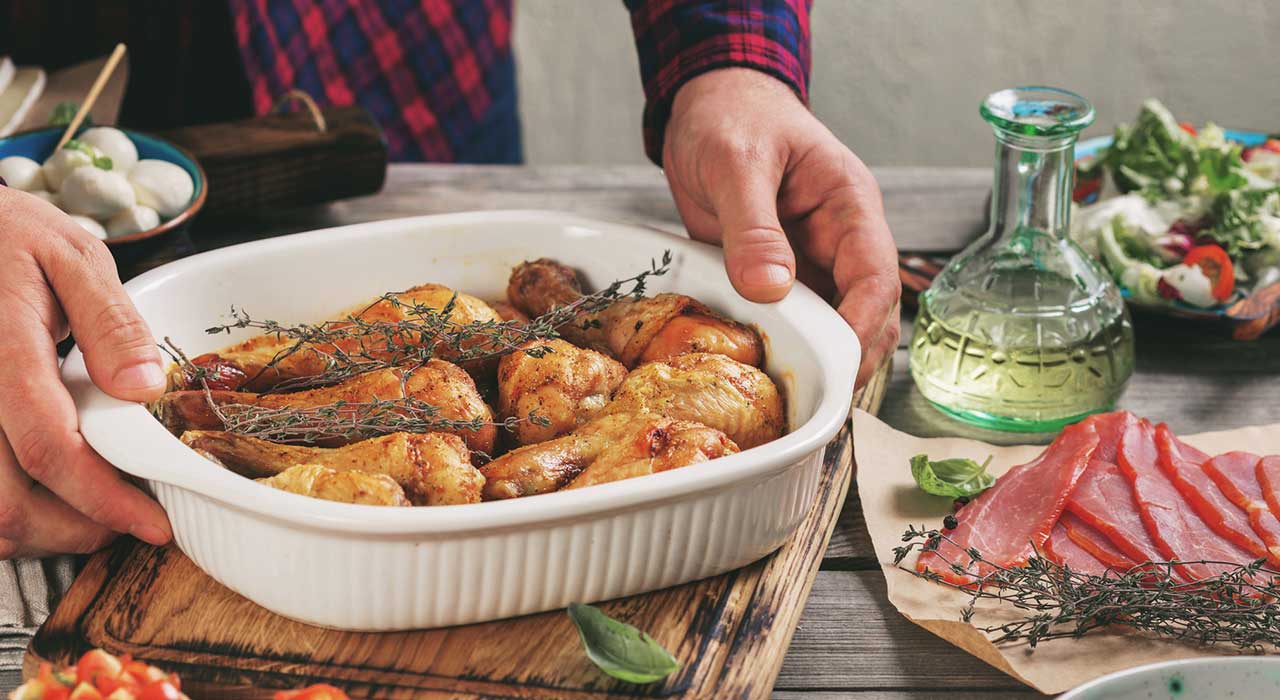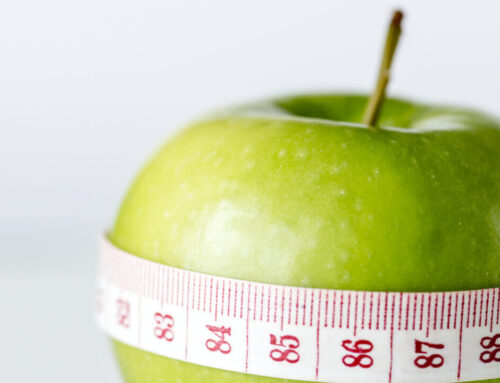There are many undervalued areas of our health, especially in the realm of the athlete. We pound and pound the weights, punch until we’re raw on the knuckles and sprint until we’re blue in the face, week in week out.
Unfortunately that means we often forget the other areas of our health that have to take a back-seat and accept this onslaught of pressure.
Weight training, sparring and running all put stress on the muscles, joints and bones. Whether you are injured or not the theories are the same, nourish the tissues of the body and your rate of recovery will improve.
Eat yourself out of an injury
Your diet is going to aid in the amount of inflammation in your joints. Eat too much red meat and starchy carbohydrate and you will increase the acidic load of your diet on the whole body.
Learn to cycle your carbohydrates so adequate alkaline-producing vegetables are included to ensure your blood pH stays normal wherever possible.
Vegetables are not as cool as meat and potatoes, but they’re important.
Trust me, no one eats enough vegetables; you can always eat more, just ask your grandma.
Also find out if you’re eating a food you are intolerant to as this will cause your gut to become inflamed, and could have the same effect on your joints and in the blood.
Gluten and dairy are the most common culprits here so remove them from your diet for a while before reintroducing them and testing to see if they cause a reaction.

The key recovery ingredients
Research shows that nearly everyone who exercises is depleted to some extent in magnesium and zinc, two vital nutrients for anyone who works out.
And that’s purely due to the extra stress we put our body under, which often warrants the need for extra supplementation.
When working with any athlete or regular gym-goer I recommend they have an Epsom salt bath once a week (200g per bath) and use a recovery ointment to replace the nutrients lost after intensive training.
I recommend TDT Recovery Spray (transdermaltechnology.co.uk) as it uses magnesium, zinc, niacin and arginine in its formula, unlike some magnesium-based oils which contain magnesium only.
Keep your cool
When looking at inflammation, or at least the processes that control normal physiological environments within the blood, it is important to mention sugar, and its effect on calcium status in the bones.
Dogma says that if you want to support your bone health you must take a calcium supplement.
But this might be a complete waste of time if you have a diet high in sugar and other acid-producing foods.

When you ingest sugar, and similar processed foods (a can of Coke being the perfect example), there is an adverse acidic load produced in the blood stream.
To combat this the bone matrix releases calcium to normalize blood pH levels, so you can see how a processed, sugar-rich and acidic diet over time can lead to deterioration of the joints, bones and support structures of the body.
Prevent rather than cure
In sport, injury prevention is usually an afterthought. We often come to the rescue only when we start to experience pain or restricted movement, or when we are actually injured and out of the game.
Joints are surrounded and innervated by lots of muscles, all coming in from various angles to support and offer strength and mobility to that particular area.
So it makes sense to take care of the muscles, and then a lot of the time the joints are able to take care of themselves. So the first step to joint and bone health is to look after your muscles.
Of course, diet plays a huge role in joint health, but keep the muscles functional and you’ll be well on your way to maintaining healthy joints deep into old age.
Find health advice and more in every issue of TRAIN magazine magazine. Get your free digital copy here







